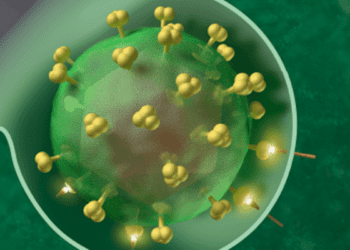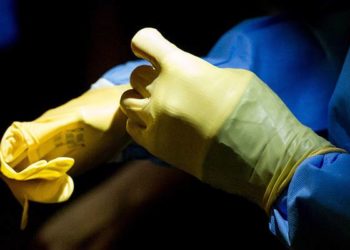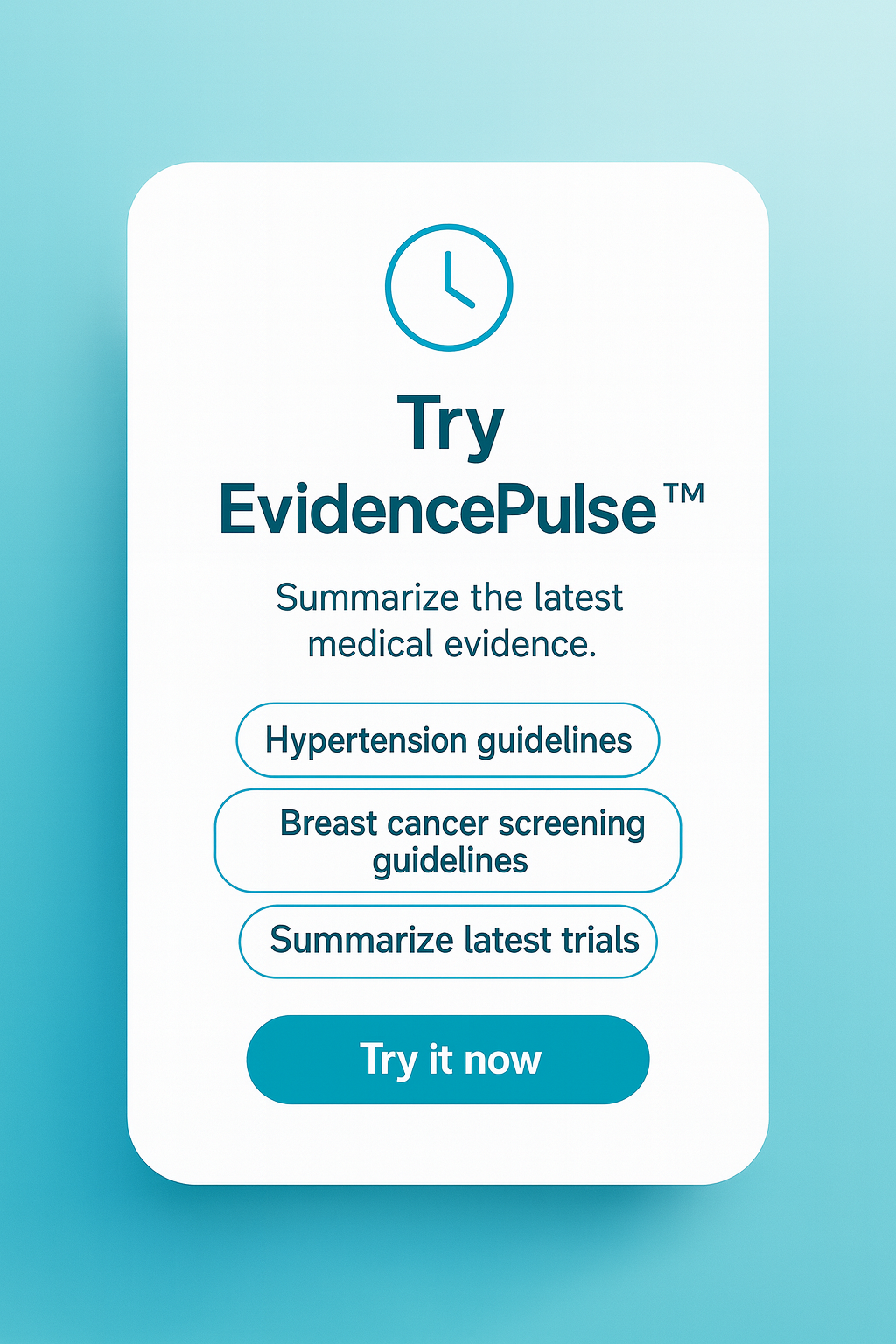Craniotomy and decompressive craniectomy comparable in managing acute subdural hematoma
1. In this randomized controlled trial, craniotomy and decompressive craniectomy resulted in similar disability and quality-of-life outcomes for patients following traumatic acute subdural hematoma.
2. Additional surgery was performed more frequently after craniotomy, but craniectomy was associated with more wound complications.
Evidence Rating Level: 1 (Excellent)
Study Rundown: Post-traumatic subdural hematoma is associated with high risks of mortality and disability, requiring urgent surgical evacuation. This is often associated with brain tissue injury, and brain swelling may occur intraoperatively, precluding bone flap replacement. Primary decompressive craniectomy, without bone flap replacement, is performed to pre-empt this complication and prevent intracranial hypertension. However, little evidence exists to support decompressive craniectomy over craniotomy when intraoperative brain swelling is absent. The current study was a pragmatic randomized trial to compare craniotomy and craniectomy to treat traumatic acute subdural hematoma, where a bone flap measured 11cm in diameter or greater. By 12 months, both groups had similar rates of mortality and disability and comparable quality-of-life measures. The craniotomy group underwent additional surgery within two weeks following the primary intervention more frequently than the craniectomy group. Conversely, wound-related complications and infections occurred more often in the craniectomy group. Although these results were obtained via questionnaires and telephone interviews rather than direct clinical examination and personal interviews, they demonstrated that craniotomy may be comparable to decompressive craniectomy in treating traumatic acute subdural hematoma.
Click here to read the study in NEJM
In-Depth [randomized controlled trial]: The current randomized controlled trial compared craniotomy to decompressive craniectomy for patients undergoing evacuation of an acute subdural hematoma. Patients older than 16 years of age who had an acute subdural hematoma warranting evacuation were eligible for inclusion. Exclusion criteria included bilateral acute subdural hematomas and severe pre-existing disability. In total, 228 and 222 patients were assigned to the craniotomy and decompressive craniectomy groups, respectively. The craniotomy group then had their bone flap replaced and fixed to the surrounding skill, whereas the craniectomy group had their bone flap left out. The primary outcome was the rating on the Extended Glasgow Outcome Scale (GOSE) at 12 months after the injury to assess for disability. Secondary outcomes included the EuroQol Group 5-Dimension 5-Level questionnaire (EQ-5D-5L) within two weeks of randomization. The median diameter of the bone flap was 13cm in both groups. The odds ratio for the differences between the two groups in GOSE ratings at 12 months was 0.85 (95% Confidence Interval [CI], 0.60 to 1.18; p=0.32). By 12 months, the mortality rate was 30.2% in the craniotomy group and 32.2% in the craniectomy group. Lower or upper good recovery based on GOSE was 25.6% in the craniotomy group and 19.9% in the craniectomy group. EQ-5D-5L scores were comparable between the two groups at 12 months. Notably, within two weeks of randomization, 14.6% of patients in the craniotomy group underwent further cranial surgery, compared to 6.9% in the craniectomy group. This trial demonstrated that in patients undergoing evacuation of post-traumatic subdural hematoma, craniotomy and decompressive craniectomy are comparable in disability and quality of life outcomes.
Image: PD
©2023 2 Minute Medicine, Inc. All rights reserved. No works may be reproduced without expressed written consent from 2 Minute Medicine, Inc. Inquire about licensing here. No article should be construed as medical advice and is not intended as such by the authors or by 2 Minute Medicine, Inc.








